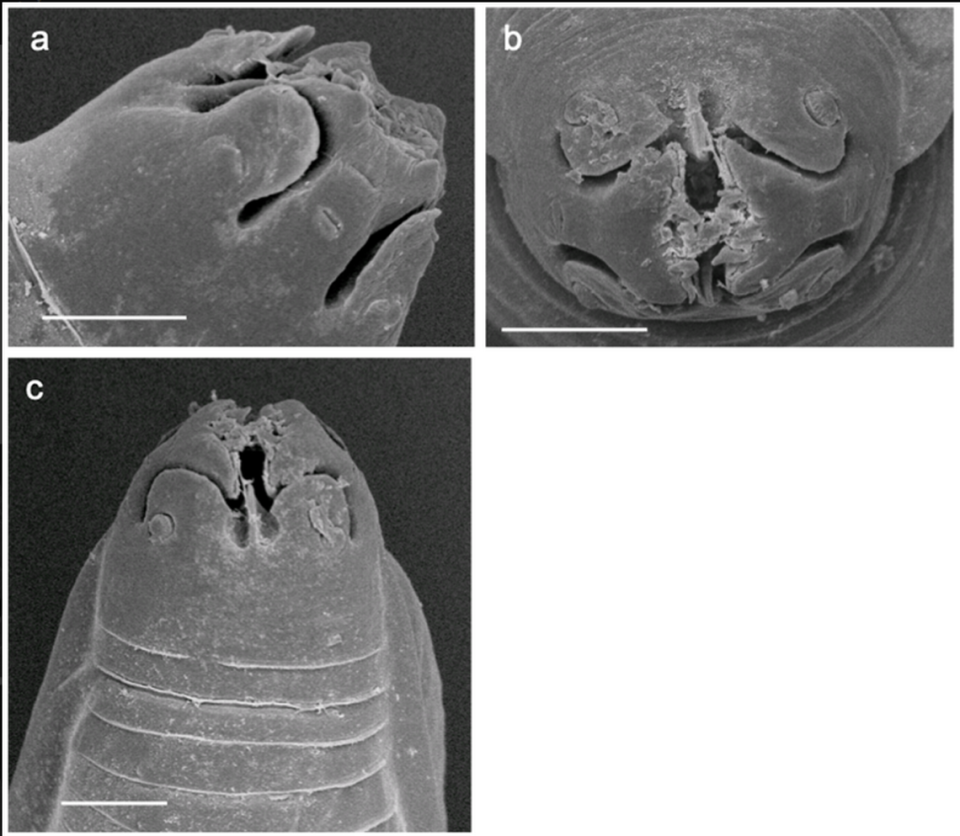‘Slender’ creature found in hawk’s belly turns out to be a mysterious new species
Researchers discovered a small parasite hitching rides on hawks in New Zealand, potentially causing them harm.
The previously unidentified species — a type of nematode — can likely be traced to the European colonization of the country, according to a study published Jan. 12 in the Journal of Helminthology.
Nematodes, a diverse group of worms found on every continent on Earth, largely feed on bacteria, but some target humans and other animals. So far, several thousand have been identified, though it’s likely there are over a million different species.

The newfound worms were found living in the stomachs of dead swamp harriers, large birds of prey native to New Zealand and Australia. They were present in a dozen of the 65 birds that were dissected.
Measuring about one-third of an inch, the worms are “extremely slender and straight,” said the researchers, who are affiliated with the University of Otago in Dunedin, New Zealand.
The species was named fraseri and grouped into the genus Procyrnea, a predatory family of nematodes that infect birds, sometimes causing inflammation, weakness and even death, according to a 2022 study published in the the Journal of Basic and Applied Zoology.
Only one other type of Procyrnea worm has ever been found in New Zealand, and little is known about their life cycle, researchers said.
However, it appears that they have only been afflicting swamp harriers throughout the last several hundred years. The birds likely acquired them from vertebrate species introduced sometime after the European colonization of the island nation.
Five other species of worms were also found inside the deceased hawks, some of which have “unusual” life cycles, requiring up to four separate hosts to mature.
Based on these findings, “it seems a thorough review of the parasites of introduced small vertebrates in New Zealand is required,” researchers said.
9-foot-tall ‘giant ape’ mysteriously vanished. Their caves may explain why, study says
‘Rarely seen’ deep-sea creature with ‘long, sticky tentacles’ caught on camera. See it
Translucent sea creature — pregnant with orange eggs — discovered as new species


